Particle-reinforced composites
These are the cheapest and most widely used. They fall in two categories depending onthe size of the particles:
• large-particle composites, which act by restraining the movement of the matrix, if well bonded.
• dispersion-strengthened composites, containing 10-100 nm particles, similar to what was discussed under precipitation hardening. The matrix bears the major portion of the applied load and the small particles hinder dislocation motion, limiting plastic deformation.
Large-Particle Composites
Properties are a combination of those of the components. The rule of mixtures predicts that an upper limit of the elastic modulus of the composite is given in terms of the elastic moduli of the matrix (Em) and the particulate (Ep) phases by:
Ec = EmVm + EpVp
where Vm and Vp are the volume fraction of the two phases. A lower bound is given by:
Ec = EmEp / (EpVm + EmVp)
Concrete
The most common large-particle composite is concrete, made of a cement matrix that bonds particles of different size (gravel and sand.) Cement was already known to the Egyptians and the Greek. Romans made cement by mixing lime (CaO) with volcanic ice. In its general from, cement is a fine mixture of lime, alumina, silica, and water. Portland cement is a fine powder of chalk, clay and lime-bearing minerals fired to 1500o C (calcinated). It forms a paste when dissolved in water. It sets into a solid in minutes and hardens slowly (takes 4 months for full strength). Properties depend on how well it is mixed, and the amount of water: too little – incomplete bonding, too much – excessive porosity.
The advantage of cement is that it can be poured in place, it hardens at room temperature and even under water, and it is very cheap. The disadvantages are that it is weak and brittle, and that water in the pores can produce crack when it freezes in cold weather. Concrete is cement strengthened by adding particulates. The use of different size (stone and sand) allows better packing factor than when using particles of similar size.
Concrete is improved by making the pores smaller (using finer powder, adding polymeric lubricants, and applying pressure during hardening. Reinforced concrete is obtained by adding steel rods, wires, mesh. Steel has the advantage of a similar thermal expansion coefficient, so there is reduced danger of cracking due to thermal stresses. Pre-stressed concrete is obtained by applying tensile stress to the steel rods while the cement is setting and hardening. When the tensile stress is removed, the concrete is left under compressive stress, enabling it to sustain tensile loads without fracturing. Pre-stressed concrete shapes are usually prefabricated. A common use is in railroad or highway bridges.
Cermets are composites of ceramic particles (strong, brittle) in a metal matrix (soft, ductile) that enhances toughness. For instance, tungsten carbide or titanium carbide ceramics in Co or Ni. They are used for cutting tools for hardened steels.
Reinforced rubber is obtained by strengthening with 20-50 nm carbon-black particles. Used in auto tires.
Dispersion-Strengthened Composites
Use of very hard, small particles to strengthen metals and metal alloys. The effect is like precipitation hardening but not so strong. Particles like oxides do not react so the strengthening action is retained at high temperatures.
Fiber-reinforced composites
In many applications, like in aircraft parts, there is a need for high strength per unit weight (specific strength). This can be achieved by composites consisting of a lowdensity (and soft) matrix reinforced with stiff fibers.
The strength depends on the fiber length and its orientation with respect to the stress direction. The efficiency of load transfer between matrix and fiber depends on the interfacial bond.
Structural Composites
Largest and most diverse use of composites due to ease of fabrication, low cost and good properties.
Glass-fiber reinforced composites (GFRC) are strong, corrosion resistant and lightweight, but not very stiff and cannot be used at high temperatures. Applications include auto and boat bodies, aircraft components.
Carbon-fiber reinforced composites (CFRC) use carbon fibers, which have the highest specific module (module divided by weight). CFRC are strong, inert, allow high temperature use. Applications include fishing rods, golf clubs, aircraft components. Kevlar, and aremid-fiber composite can be used as textile fibers. Applications include bullet-proof vests, tires, brake and clutch linings.
Wood
This is one of the oldest and the most widely used structural material. It is a composite of strong and flexible cellulose fibers (linear polymer) surrounded and held together by a matrix of lignin and other polymers. The properties are anisotropic and vary widely among types of wood. Wood is ten times stronger in the axial direction than in the radial or tangential directions.

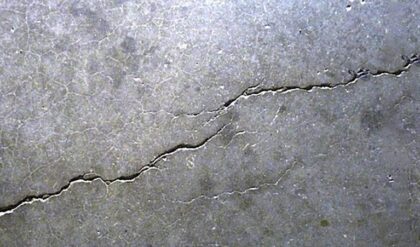
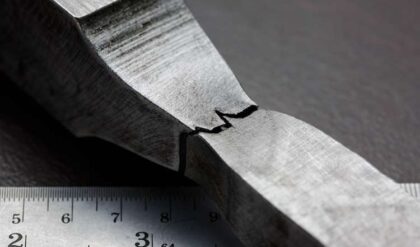
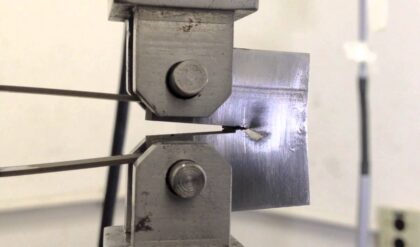
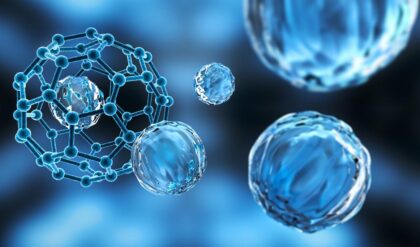
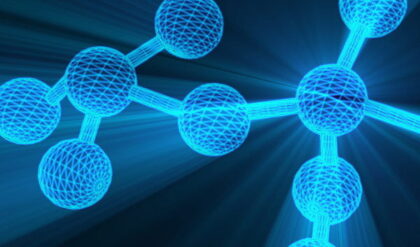
Comments are closed.